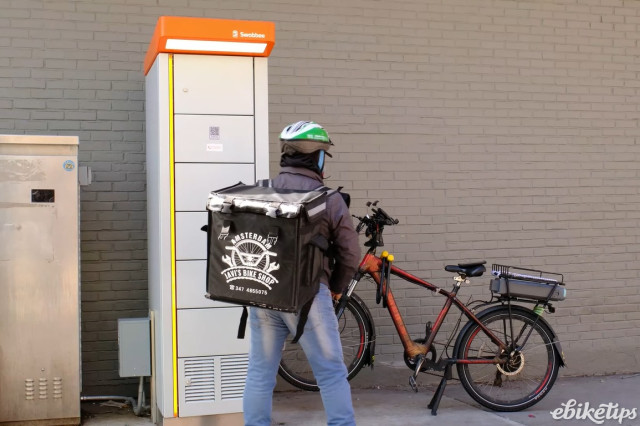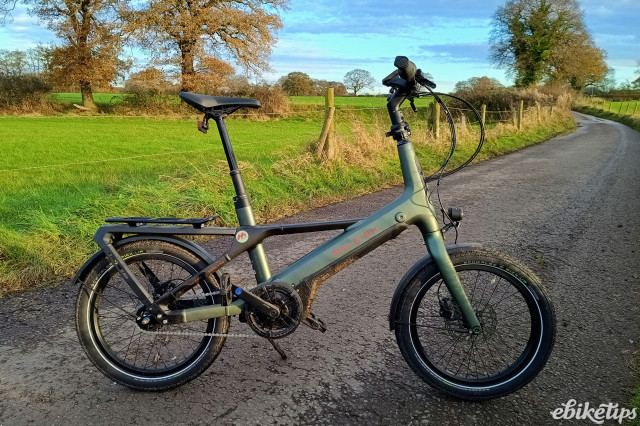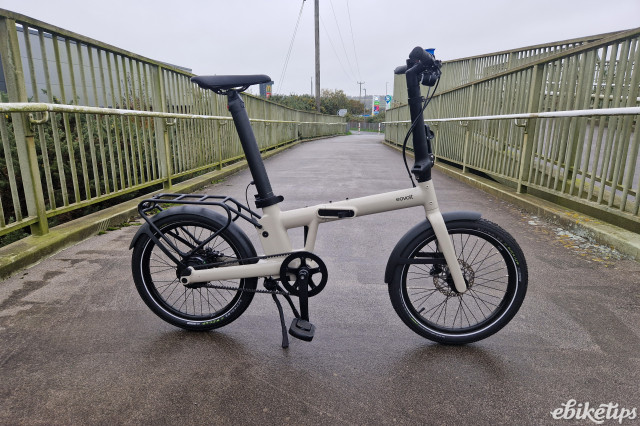E-scooter riders have a high risk of head injuries when involved in a crash, a research project from DEKRA Accident Research and two universities has found.
The simulation examined 162 individual crash scenarios that differed in initial speed, angle of impact with the kerb, and the size of the person on the e-scooter, among other factors, with the goal being to find out what happens to the body during and after impact.
The forehead hit the ground first in 44% of simulations, nearly 100% of simulations identified a risk of concussion, and 90% of simulations suggested a risk of severe head injuries.
The model was developed with researchers from the Université Gustave Eiffel in Marseille, France, and the École de technologie supérieure in Montréal, Canada.
Andreas Schäuble, a biomechanics expert at DEKRA Accident Research, said: “The project focused on validating this model on the basis of a DEKRA crash test. In the process, an e-scooter hit a kerb – a common accident scenario in reality. It's not for nothing that solo accidents without an accident opponent account for more than a third of all e-scooter accidents in the statistics.”
The impact speeds were within the range of testing specifications for bicycle helmets, DEKRA added.
“First of all, this suggests that a common bicycle helmet could provide effective protection for the head and either prevent or mitigate the injuries in the vast majority of scenarios studied,” said Schäuble.
A ‘groundbreaking’ study providing insights on e-scooter riders in Virginia, US, recently revealed that infrastructure-related factors, the behaviours of e-scooter riders and others around them, and environmental factors all created risk for users.
Loss of control related to infrastructure was the greatest contributor to all crash and near-crash events, equating to 47%, the study found. In total, infrastructure caused 67% of incidents, followed by the presence of other road users at 19% and rider behaviour at 14%.
Transitions from surfaces, such as moving from gravel or dirt to grass, proved to be the ‘riskiest’ scenario for riders.
> Imposing slower e-scooter speeds may encourage more pavement riding, finds study







